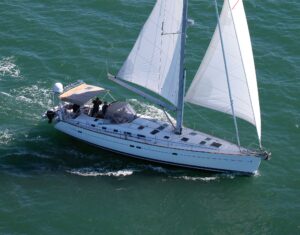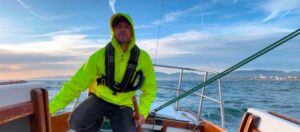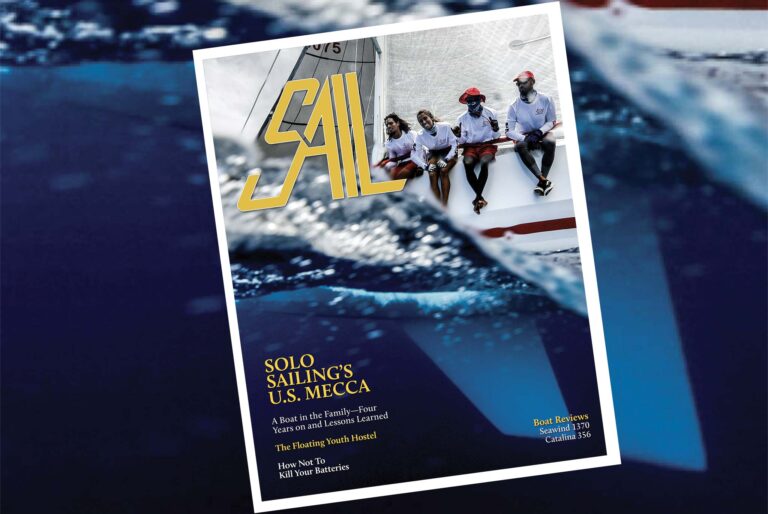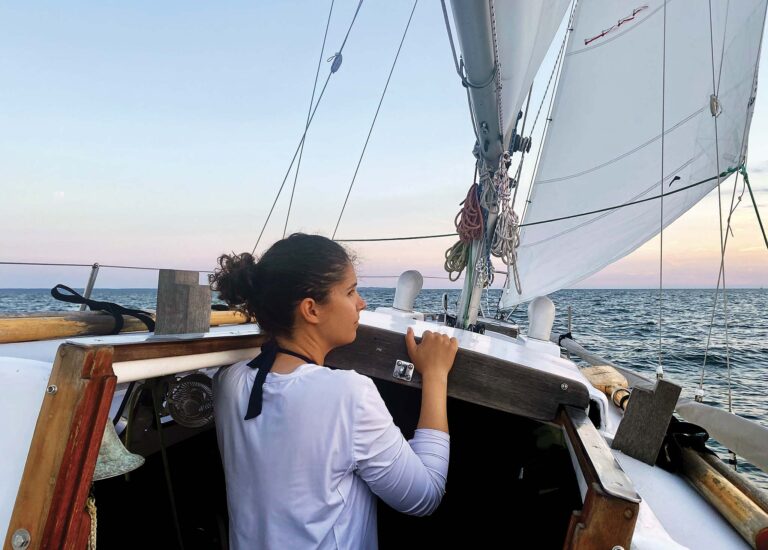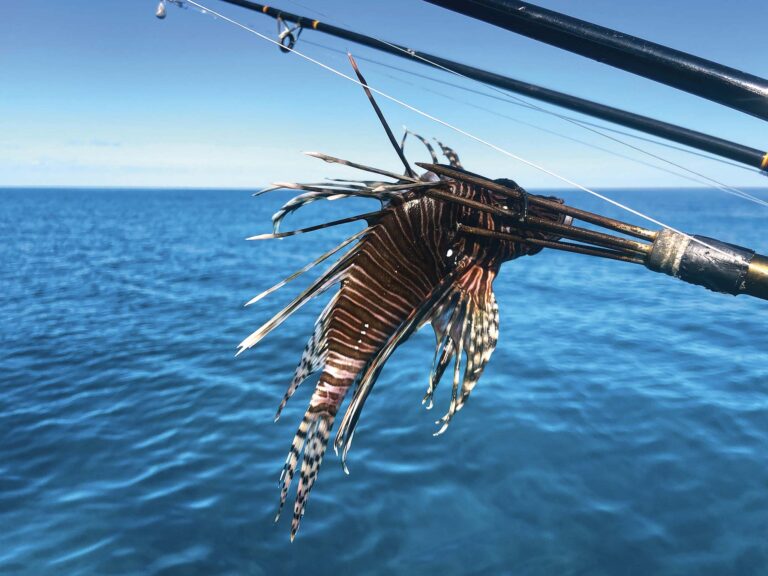
The title of this essay is a bit of a misnomer because I don’t actually believe there is such a thing as an objectively “good” offshore boat, let alone a perfect one. The answer is subjective.
First, some truths.
A conservative design with a more moderately sized rig, moderate displacement and a stout keel and rudder will be more forgiving for an inexperienced skipper. The boat will help take care of her skipper. Left to its own devices hove-to in a gale, a moderate hull shape will weather the storm more smoothly and require less “looking after” than a more extreme design.
Conversely, a highly experienced skipper will be able to confidently handle a higher-performance boat with a towering rig; lightweight, planing hull; and knife-like keel and rudder safely and in style. Give Dee Caffari a modern high-performance IMOCA 60, and she’ll sail it safely and quickly nonstop around the world (the way she’s now done six times!) But give it to me? Something’s probably going to break. Does that make it a “bad” offshore boat? No way, José. For its purpose, it’s a fantastic offshore boat.
For 59 North’s purposes, we wanted a classy, comfortable boat that was on the performance end of the sailing spectrum, but not so high-strung that it would be a handful for our crews—many of whom are new to offshore sailing. The hull had to include a deep “V” forward of the mast and few flat sections to avoid pounding. She would also have to have enough sail area to power her through the light stuff. Both our Swan 48 Isbjørn and Swan 59 Icebear, despite having different designers (S&S and German Frers respectively) fit that bill.
I can tell you from experience that the difference between the beating you take on a beamy, flat-bottomed boat at sea versus the Cadillac ride that a boat like Isbjørn provides is night and day. This is what they call a “seakindly” motion—one that’s soft going upwind, doesn’t pound and doesn’t snap-roll in a swell due to excessive beam. These things you read about have real-life consequences. On the sail-area-to-displacement (SA/D) scale, I think the sweet spot is between 15-18. Anything less and she’ll be a slug in light air. Anything more and you’re getting into either a high-performance, hard-to-handle rig or a very light-displacement hull offering a much less forgiving ride.
You’ve also got to read those numbers in the context of the design itself. A beamy, full-keeled boat like an Island Packet might have an SA/D ratio of 15.6, similar to Isbjørn, but the Swan 48 will sail circles around the IP, especially upwind, due to the difference in hull shape and keel configuration.
On the oft-argued subject of rudder design, I’ve grown to agree with yacht designer Bob Perry. In 1974, Perry’s Valiant 40 was widely criticized for its then “radical” skeg-hung rudder (as opposed to a full-keel and attached rudder configuration, which was de rigueur aboard cruising boats at the time). Since then, the Valiant 40 has not only provided itself more than capable of safe, comfortable passagemaking, but Perry has reached a point where he now prefers spade rudders to those with skegs. His thinking? Skegs are difficult to build and make it nearly impossible to maintain a proper NACA foil shape. The latter is critical to getting the most out of both the rudder and the boat. A well-built spade rudder is also every bit as strong.
“I have been around and designed enough boats to have confidence in spade rudders,” Perry says. “If you want a skeg you can have a skeg, but it’s not what I would suggest.”
So, what’s it like actually sailing a seakindly boat? In a word, forgiving. You take care of the boat, and the boat will take care of you. I recall a transatlantic passage on Isbjørn to the Azores from Bermuda. A big low was passing to the north of us, and we had the boat strapped down in anticipation, three reefs in the mainsail, maybe half the genoa unrolled, sailing a broad reach on port tack. As the cold front moved overhead and the skies cleared, the wind built… and built. By dawn the wind was blowing 30-40 knots out of the northwest, with seas building to 12-15ft.
The ride, though, was so smooth on Isbjørn I had no idea what conditions were like until I climbed into the cockpit to relieve the night watch. I’d been tucked snug in the aft cabin, fast asleep, wedged against the plywood leeboard. When I emerged on deck, the crew was hooting and hollering, cheering each burst of speed. Overnight they’d set a record, hitting 14.1 knots surfing down one of the big rollers with the autopilot in firm control throughout. The crew was well-rested and despite the big conditions, we never once consider heaving-to. We just kept on sailing—fast.
Next month I’ll take a closer look at what specific features and details in a given boat make her best suited for offshore sailing.
Andy Schell is a veteran delivery captain and co-owner, with his wife, Mia Karlsson, of the adventure-charter company 59 North, which specializes in providing sail-training and offshore passagemaking opportunities. Visit 59-north.com for more information
May 2021



